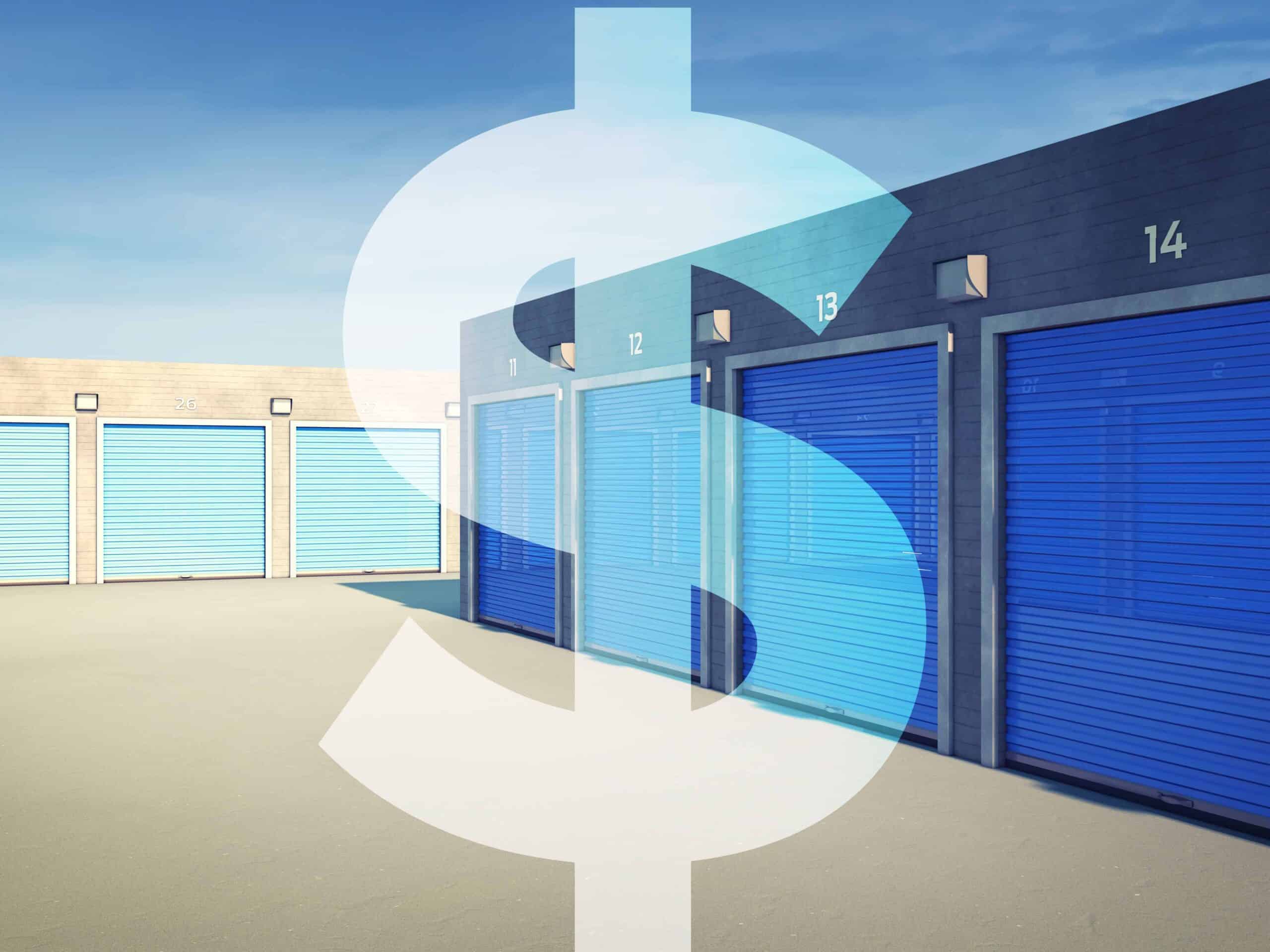Storage Monitor: Peak Leasing Season Off to a Slow Start

Average self-storage prices fell again in May, this time by more than 14.8% compared to the previous year. The average rate for all units was $84.52 per month, compared to the price of $99.25 a year ago, according to Storable data.
Compared to the previous month, prices increased a meager half of a percentage point from April to May. That represents a disappointing level of growth for the self-storage industry, which typically relies on the busy moving season to boost prices in the spring and summer. Last year average prices increased 2.46% going from April to May.

The trend in self-storage pricing is largely driven by a lack of moving activity as pending home sales dropped to the lowest level in four years in April. There are fewer home sellers because homeowners that are locked into low interest rates have little incentive to list their homes. Meanwhile, high interest rates are keeping prospective buyers at bay—as are the soaring prices caused by low home inventory.
Renters are also staying put in part due to the being outpriced by the difficult housing market. A recent study of Census data found 16.6% of renters stayed in the same residence for 10 years or more, compared to 13.9% of renters a decade ago.
The weakened demand can be seen when looking at Google search volume for “self-storage”, which is about half of what it was compared to last year as you can see in the chart below:

Occupancy snapshot
As demand has fallen, competition among operators is hotter than ever as they vie for prospective tenants. Many operators have slashed introductory rates and deployed other discount strategies to lure tenants and fill empty units. But the battle to turn the tide on occupancy rages on with an average stabilized rate of 84.15% in May, a year-over-year drop of 2.79%
On a month-to-month-basis, the average occupancy rate edged up by 12 basis points between April and May. While that movement indicates some degree of seasonality, it is less of a boost the industry saw last year when occupancy increased 29 basis points from April to May.
Future prospects
Ultimately, the latest price and occupancy trends indicate the self-storage industry continues to face a difficult operating environment. Self-storage supply expanded during the COVID-19 era as developers sought to capitalize on the surge in demand and built new facilities and expanded existing ones. Now operators are dealing with a prolonged period of inflation and high mortgage rates that has sapped demand. In response, many self-storage operators have pursued tiered-pricing strategies to maintain revenue growth, while also deploying new technological solutions to lower operating expenses, optimize marketing, and drive efficiency.

Webinar: Innovation Report | Fall 2024
Unpacking the key trends shaping the storage landscape in 2025 is critical to understanding the changes ahead and positioning your business for success. Keep Reading

Storage Monitor: Self-storage firms strike gold on their rooftops with lucrative ‘community solar’ deals
A growing number of commercial and industrial property owners are eyeing on-site solar installations in general to help offset high utility bills, particularly heavy electricity users such as manufacturers and tech firms with huge data centers. Keep Reading

Storage Monitor: Los Angeles Self-Storage Market Trends Report
Aggregated industry occupancy climbed 1.23% since March. That’s an improvement over last year’s weak busy season when occupancy only grew 79 basis points during the five-month period between April and August. Keep Reading